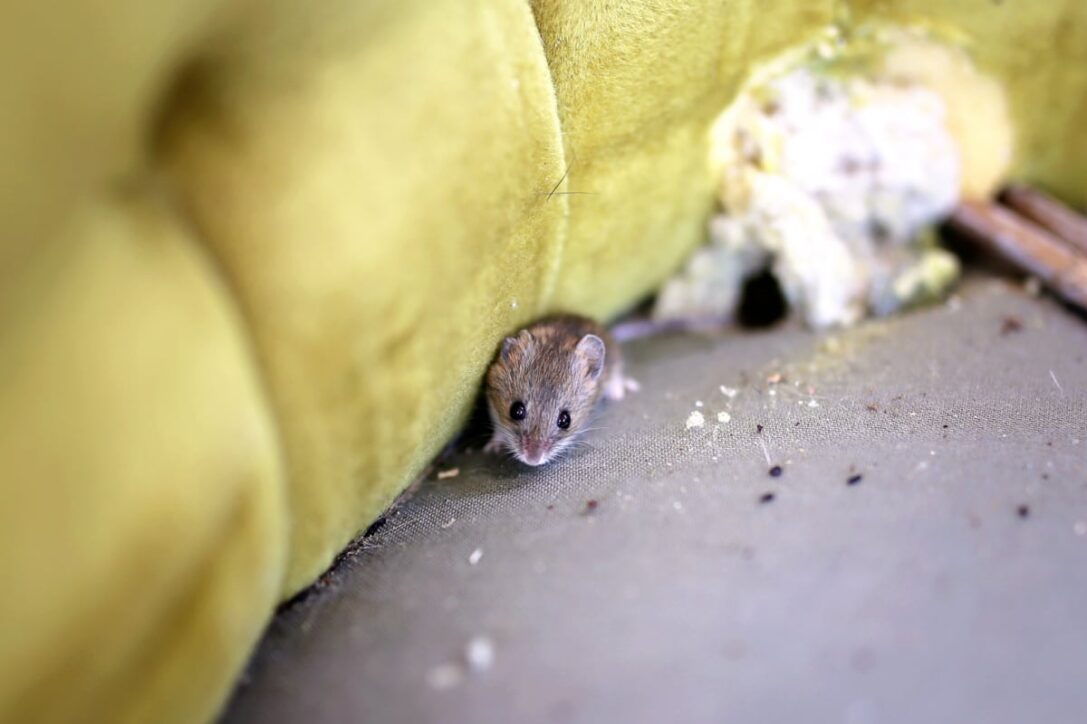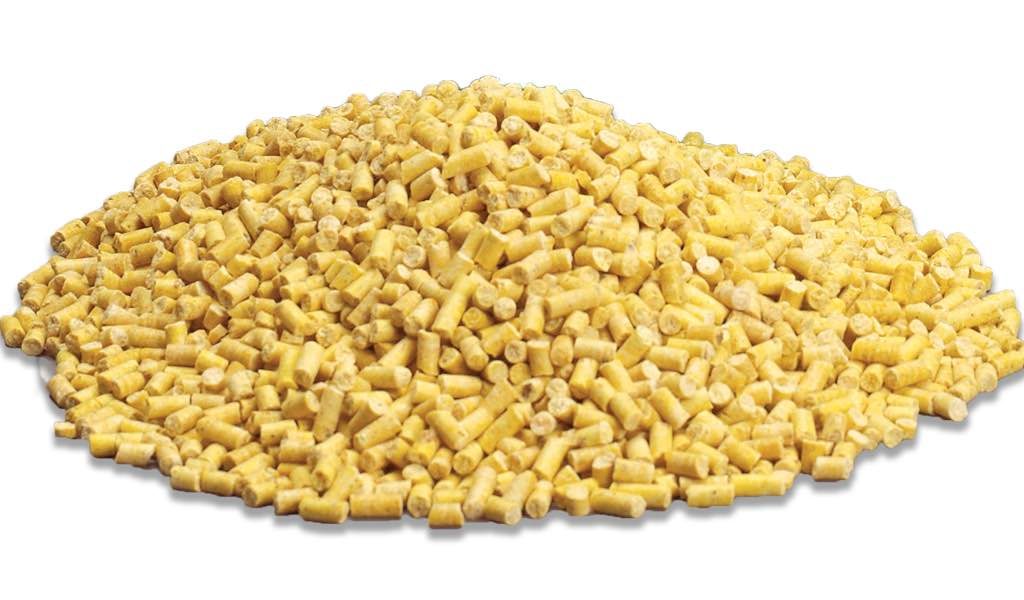Rodent Control Strategies For New Homeowners
If you’re like most people, you probably hate rodents. They are unsightly and they can cause a lot of damage in your home. In this blog post, we’ll explore some rodent control strategies that homeowners can use to take on these pesky creatures. From trapping and removal to natural methods like exclusion and exclusion fencing, there are plenty of options for taking on these pests.
Rodent Proofing Your Home
When you’re ready to put your home on the market, one of the first things you’ll need to do is rodent proof it. If you have any doubts about whether or not this is a problem in your home, take a look at some of these tips to help get started:
- Seal all cracks and crevices around furniture and electrical outlets with caulk or silicone. This will help keep critters out of those areas and prevent them from nesting inside.
- Clean up all food residue and trash promptly. A messy environment is attractive to rodents, who will then find other ways into your home.
- Put traps in high-traffic areas, such as near the front door or under furniture. They tend to travel in packs, so setting several traps throughout your home will likely catch a sizable number of them.
- Get rid of all sources of shelter outdoors—including trees, bushes, and fencing—and make sure there’s no way for rodents to gain access to your home from outside.
How to Get Rid of Rodents?

To get rid of them, homeowners can use a variety of methods.
– One common method is trapping. Homeowners can use snap traps or live traps to capture and remove them from the area.
– Another method is poisoning. Homeowners can purchase rat poison or anticoagulant rodenticides to use in areas where they suspect there are rodents.
– The most important step in rodent control is to neuter or spay the animal, as this will help reduce the population of rodents and make them less likely to create damage in an area.
Rodent Control Methods

If you’re thinking of buying a new home, one of the first things you’ll need to do is identify any potential rodent problems. Here are some tips on how to control rodents in your new home:
- Inspect your property for evidence of activity by rodents. Their activity can be difficult to detect, so take any clues you can find – droppings, chew marks on wood or appliances, gnawed furniture edges – and check them out. If you think there may be a problem, call an exterminator.
- Make sure your property is properly sealed against pests. Basements and other areas where pests like them love to lurk can become their strongholds if they have access to food and shelter. Seal up any cracks or gaps around doors and windows, seal all utility pipes going underground and install vapor barriers around electrical boxes and outlets (to prevent rats from chewing through wiring).
- Use traps and poison bait to catch specific rodents. The type of rodent that’s causing the problem will usually show up in traps or bait placed in strategic locations around the home (like areas where they commonly enter or hide). Once you’ve caught the offending critter, dispose of it humanely using a trap that doesn’t release poisonous gas (like snap traps).
- Control winter populations of mice with traps baited with peanut butter or bird seed placed near food storage areas like pantries and kitchens. Mice often eat these types of baits before hibernating, helping to control their numbers over the winter.
- If you’re dealing with a rat problem, one of the most effective methods is to use a rat trap baited with peanut butter or rat poison. Place the trap in areas where you know rats are frequenting, like around the edges of storage areas or in areas where they’ve been seen climbing up onto counters or shelves.
Ultrasonic Rodent Repellers
There are a number of ultrasonic rodent repellents on the market that can be used to keep rodents out of a home. They use high-pitched sound waves to deter rodents from entering or staying within an area. These devices come in different shapes and sizes, so it is important to find the right one for your home.
The size and shape of the repeller will determine its range. Some have a limited range, while others have a wide range. It is important to find the one that has a range large enough to cover the areas where you think rodents are frequenting.
It is also important to find an ultrasonic rodent repeller with a long battery life. Many of them only have a short battery life, so it is important to make sure that you have enough batteries in the device if you plan on using it often.
Poison Pellets

Poison pellets are a popular form of rodent control. They are pellet-based toxins that kill them by causing respiratory failure. Certain types of poison pellets can be used to control different types of rodents. For example, rat poison pellets can be used to kill rats, while birdseed pellets can be used to kill birds. It is important to select the right type of pellet for the task at hand, as incorrect use can result in unintended death or damage to property.
Poison pellets should be placed in strategic locations around the home where they are most likely to frequent. Areas such as corners, under furniture, and behind walls are particularly common targets. It is also helpful to place bait stations near entry points into the home, such as doorways and windows.
Rodenticide applications should be scheduled by a professional exterminator who is experienced with using poison pellets. Applications should be made during evening or night times when rodents are least active and when there is little chance of collateral damage.
Conclusion
If you’re new to home ownership, one of the first things you’ll need to do is get rid of any unwanted rodents. There are a number of rodent control strategies that can be effective in getting rid of these pesky creatures, and this guide will teach you about some of them. By following these tips, you’ll be able to keep your home and all its contents safe from critters while also preventing any potential damage they could cause.



